B650 Motherboards Appear From Multiple Manufacturers
MSI, Asus, Gigabyte, ASRock... the gang's all here
What was a trickle has become a torrent, as a pantheon of manufacturers have announced motherboards for Ryzen 7000’s AM5 platform on the B650 chipset. That's the mainstream, mid-range platform with features that still contains features that would have sounded impossible a few years ago. While we’ve already covered some of NZXT’s offerings, boards from MSI, Gigabyte, ASRock and Asus mean the marketplace is bursting with options.
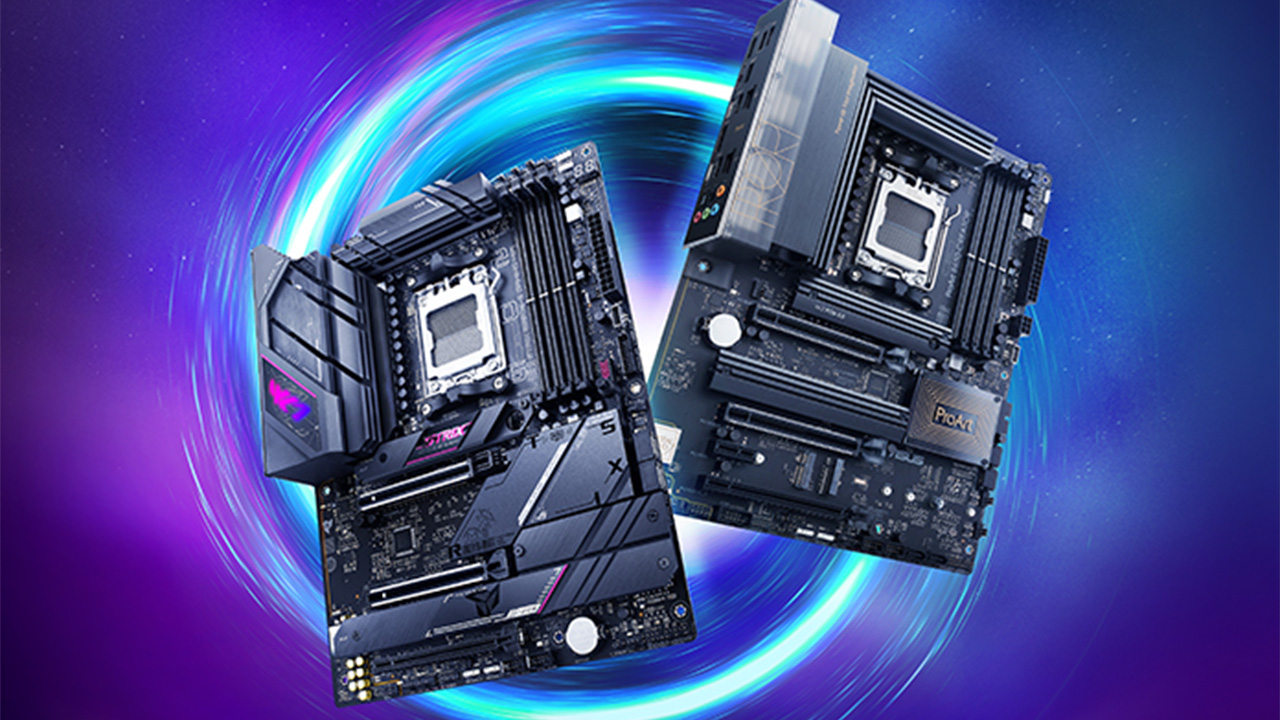
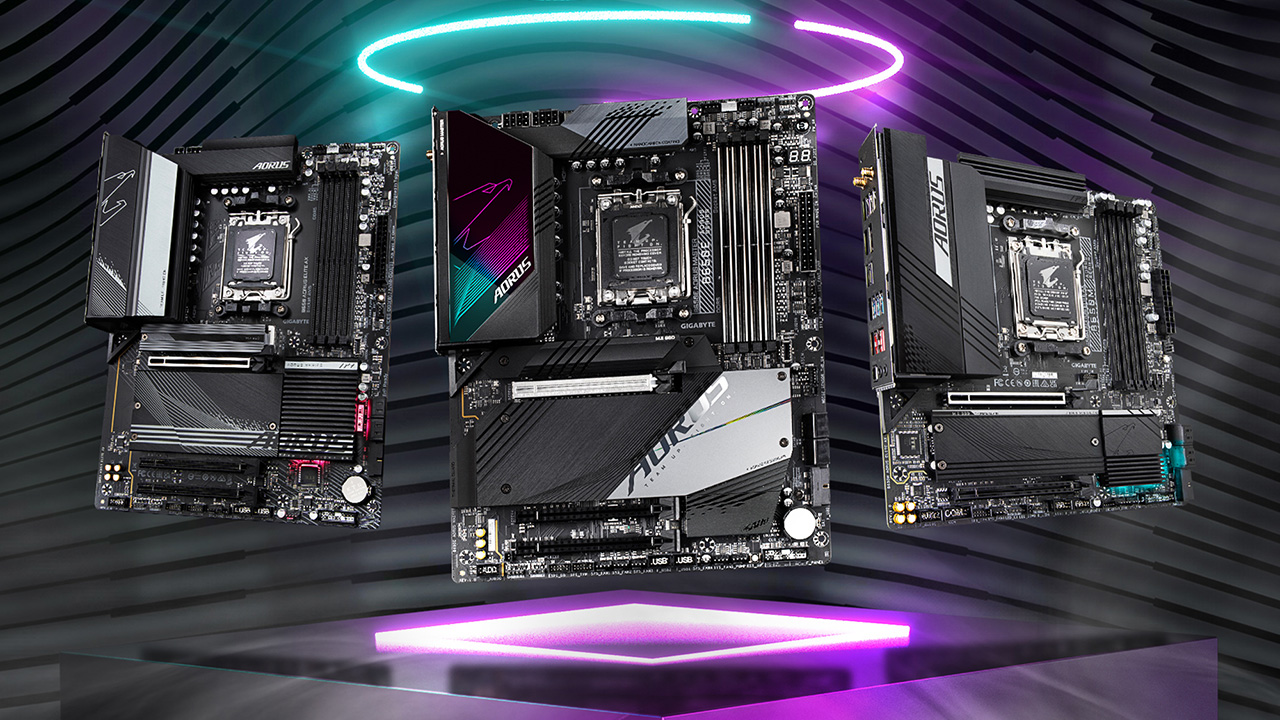
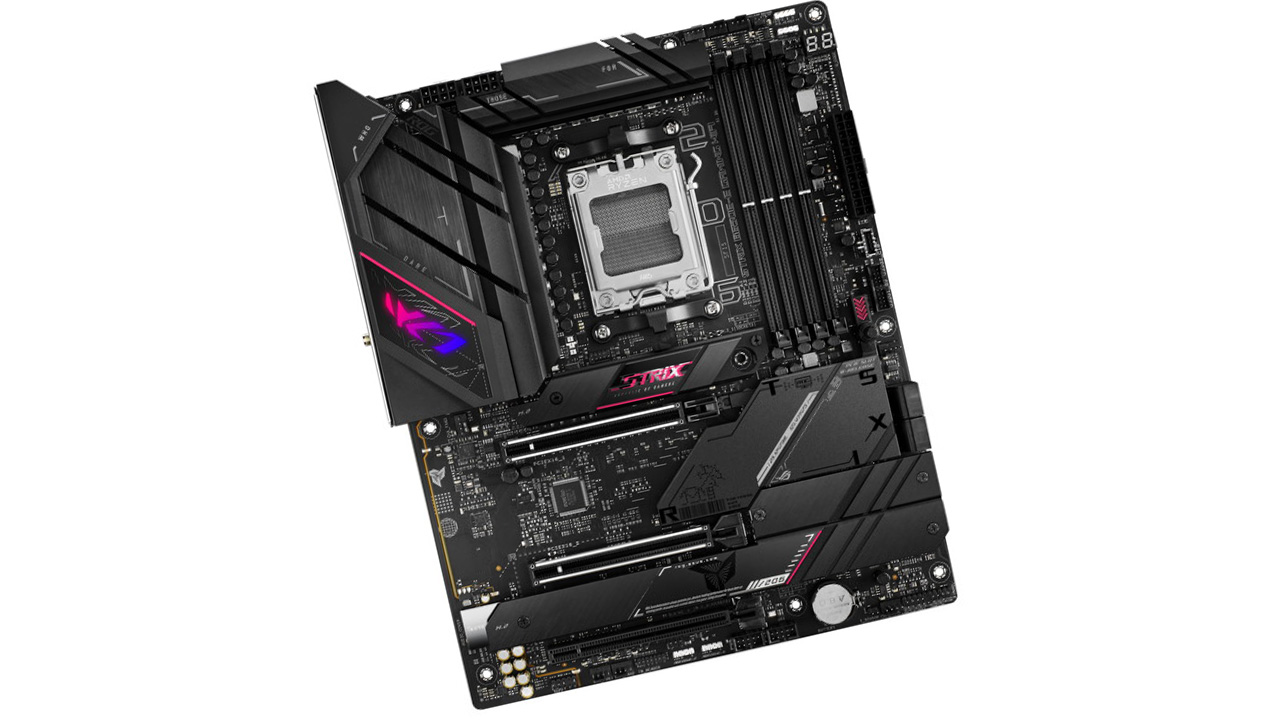
First, Gigabyte, which has brought an enthusiastic eight boards to market for B650, including E (‘extreme’) and M (for mATX cases) variants. Almost all the boards are from the Aorus range, and run from the Aorus Master all the way through Elite and Pro to the humble Aero G. The Master board naturally runs the B650E chipset, with support for DDR5 RAM overclocking up to 6600 MHz. It offers a PCIe 5.0 x16 slot for your graphics card, though it shares bandwidth with two of the M.2 sockets and will drop to x8 if you go heavy on the SSDs. You can still fit one PCIe 5.0 M.2 drive without potentially compromising graphics performance, however, and there are PCIe 4.0 slots for additional add-ons, along with four SATA 6 ports for other drives.
The little Aero G board doesn’t have a PCIe 5.0 slot for a GPU, dropping down to PCIe 4.0 in this area, but does manage to hit 5.0 x4 speeds in one of its three M.2 slots, the others being PCIe 4.0. Once again there are SATA ports for extra expansion, and Wi-Fi 6E too. This board is aimed at creatives rather than gamers, and distinguishes itself with a rear USB-C port that can output 4K video from integrated graphics.
Asus also has a range of new boards based on the mid-range AMD chipset for the Ryzen 7000 generation, with entries in the ROG Strix, TUF Gaming, ProArt, and Prime tiers, with a handy online guide as product pages don't appear to be available yet. You’ll also find PCIe 5.0 and DDR5 here, along with AM5 features such power delivery for the chips’ 170W TPD. Asus’ ROG Strix, TUF Gaming, and ProArt B650 motherboards offer a useful high-speed USB 3.2 Gen 2×2 Type-C port, while the ROG Strix boards support Precision Boost Overdrive auto-overclocking in their UEFI BIOS. The ROG Strix B650E card is the choice morsel here, with two PCIe 5.0 x16 slots and a pair of PCIe 5.0 M.2 slots, complemented by two more PCIe 4.0 M.2s. Ethernet ports supporting 2.5G transfers appear to be standard on B650E boards too.
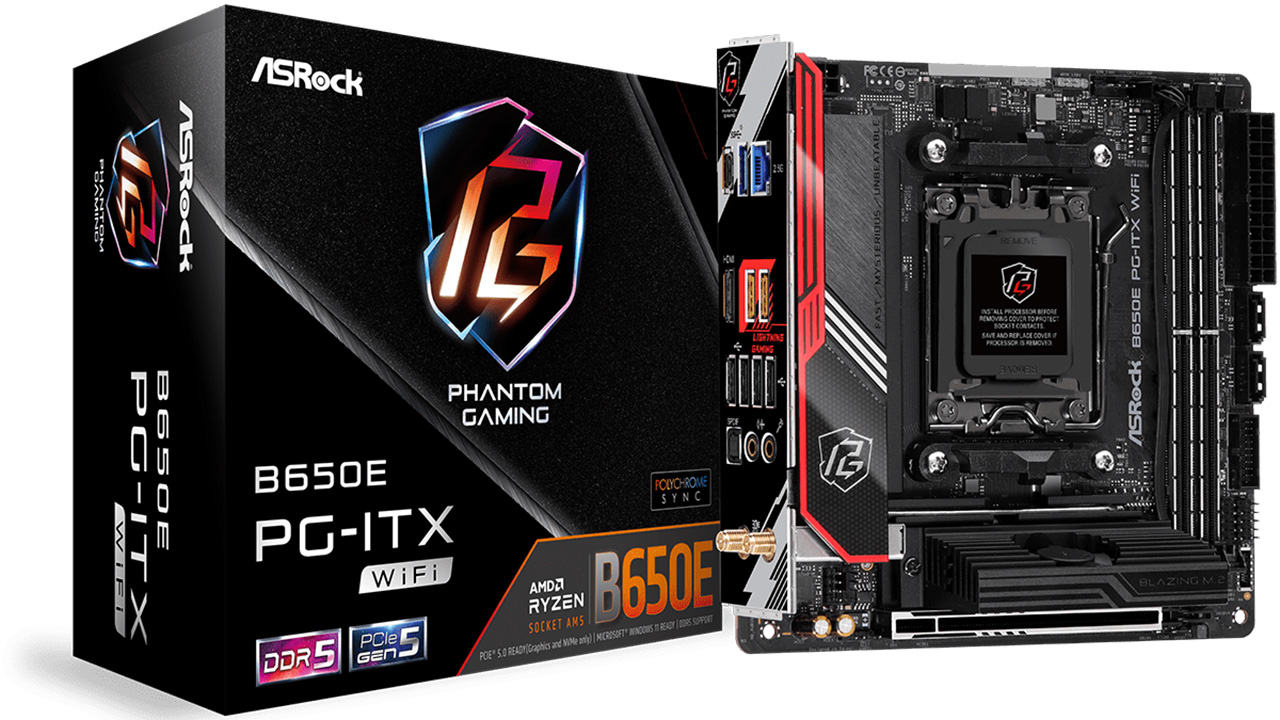
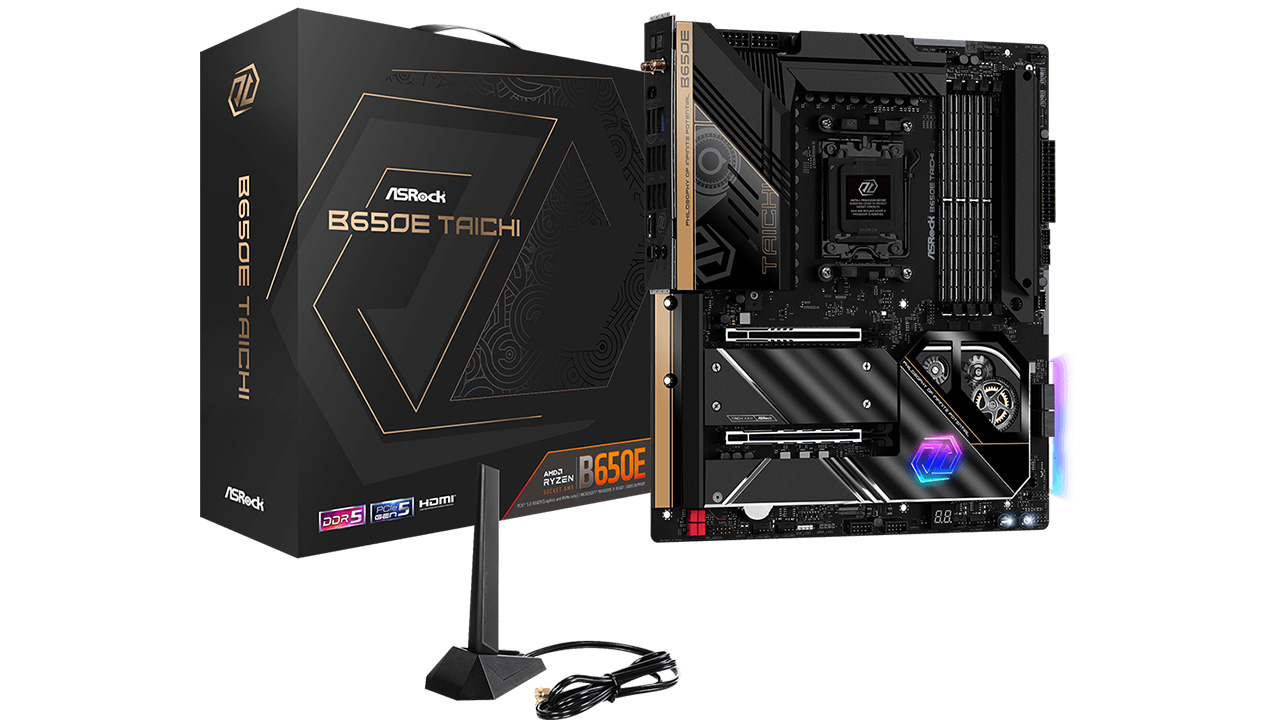
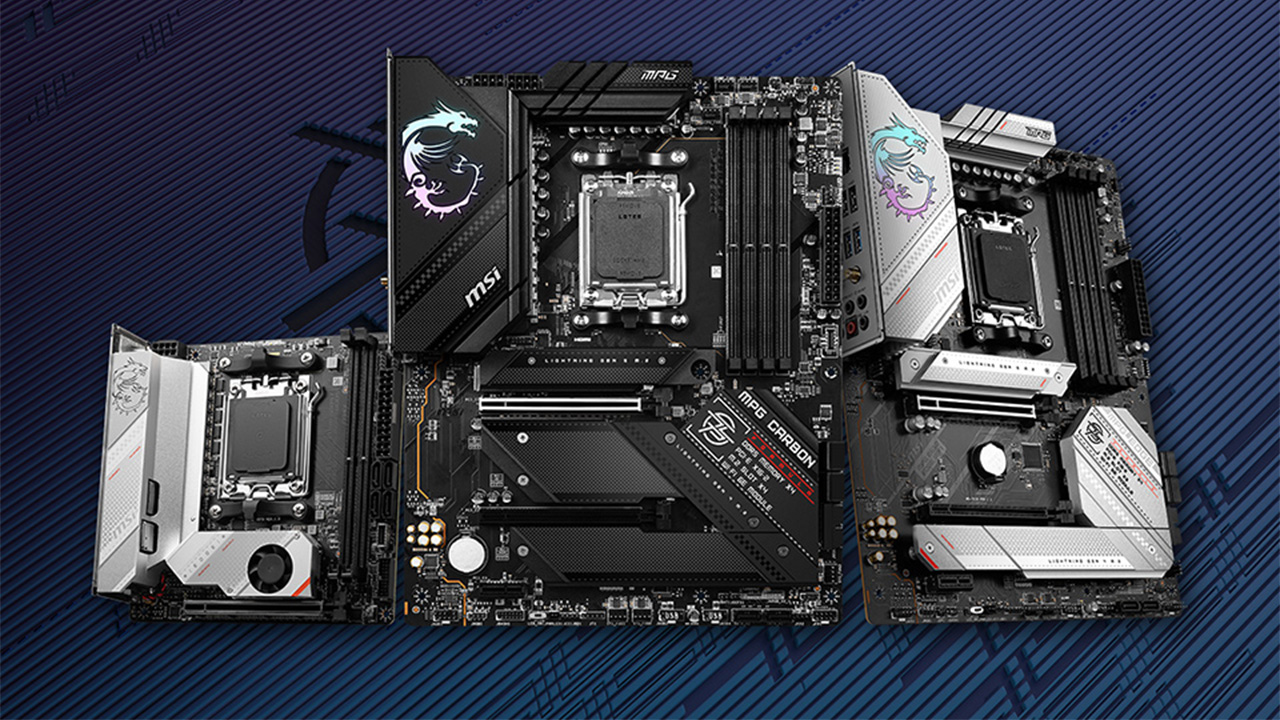
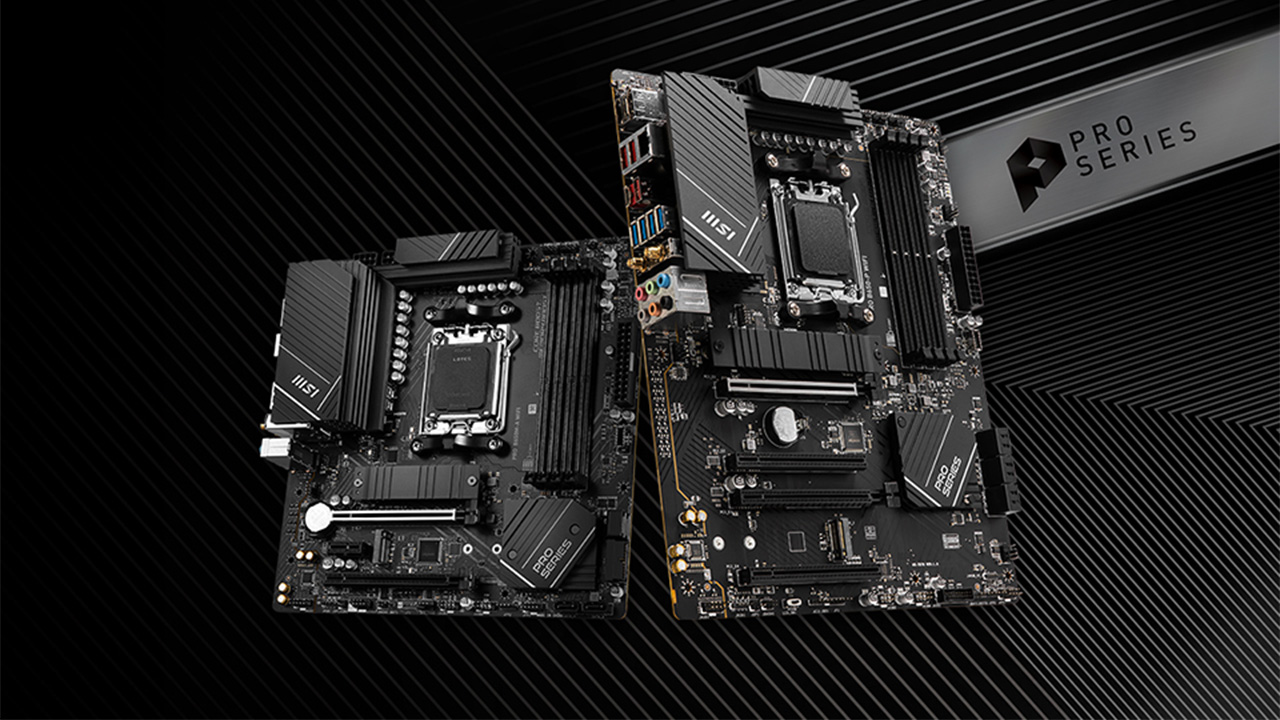

ASRock’s B650E Taichi has a 24+2+1 phase Smart Power Stage that should help with unlocking Ryzen 7000’s performance. There's PCIe 5.0, DDR5, and Wi-Fi 6E, plus USB 4 too. Small-form-factor enthusiasts will appreciate the B650E PG-ITX Wi-Fi, which brings all the B650E features to ITX, though drops the USB 4 and only has one PCIe 5.0 x16 slot. It doesn’t have a lot of space to play with, after all.
Then there's MSI, with the prolific motherboard maker aiming both at gamers and professionals with its component carriers. There's a Mini-ITX offering here too, the MPG B650I EDGE WIFI, that’s available in white as well as the traditional black to match PC builds that haven’t fallen to the dark side. MPG series boards, though probably not the ITX one, also feature four M.2 sockets, one more than some other brands. All the boards support PCIe 5.0 and DDR5, with RAM overclocking available all the way up to 6600MHz and the 2.5G Ethernet and Wi-Fi 6E that we’ve come to expect, while the Pro series also add a USB 3.2 Gen 2x2 Type-C connector capable of transfers up to 20Gbps for super-fast external storage.
Get Tom's Hardware's best news and in-depth reviews, straight to your inbox.

Ian Evenden is a UK-based news writer for Tom’s Hardware US. He’ll write about anything, but stories about Raspberry Pi and DIY robots seem to find their way to him.
-
PlaneInTheSky This whole AMD 7000 series is turning out to be a disaster.Reply
It's not just the CPU that are lackluster, or overheat to 95C....it's the whole circus of needing to buy extremely expensive MOBO, being forced into DDR5, etc.
Does AMD really think they are going to sell anything in volume when the cheapest mobo is already a ridiculous $200. -
ohio_buckeye ReplyPlaneInTheSky said:This whole AMD 7000 series is turning out to be a disaster.
It's not just the CPU that are lackluster, or overheat to 95C....it's the whole circus of needing to buy extremely expensive MOBO, being forced into DDR5, etc.
Does AMD really think they are going to sell anything in volume when the cheapest mobo is already a ridiculous $200.
Bingo. I'm still staying with my 5900x for now. But honestly unless some things change, when I look at building another system in the next couple of years, might be looking at Intel. This is someone who's had amd systems for years since the late 90s. -
sosofm Reply
Is not a disaster at all !! The Ryzen 7000 can be put on ECO mode and you have cooler CPU, lower power consumption and almost the same performance. You can put 7950 on 65W , you need to read and search some stuff on web and youtube. And the CPU can run at 65 - 75C at full speed. Intel is forcing almost with every new cpu's the customers to buy new mobo's.PlaneInTheSky said:This whole AMD 7000 series is turning out to be a disaster.
It's not just the CPU that are lackluster, or overheat to 95C....it's the whole circus of needing to buy extremely expensive MOBO, being forced into DDR5, etc.
Does AMD really think they are going to sell anything in volume when the cheapest mobo is already a ridiculous $200. -
sosofm Reply
You skipped maybe the Asrock mobos , they have USB4 , read again !!eye4bear said:I saw no mention of USB4 ports on any of the boards mentioned. -
daworstplaya ReplyPlaneInTheSky said:This whole AMD 7000 series is turning out to be a disaster.
It's not just the CPU that are lackluster, or overheat to 95C....it's the whole circus of needing to buy extremely expensive MOBO, being forced into DDR5, etc.
Does AMD really think they are going to sell anything in volume when the cheapest mobo is already a ridiculous $200.
Well they're definitely not flying off the shelves like previous generations. There may be a lesson to be learnt here. ;) -
ohio_buckeye Replysosofm said:Is not a disaster at all !! The Ryzen 7000 can be put on ECO mode and you have cooler CPU, lower power consumption and almost the same performance. You can put 7950 on 65W , you need to read and search some stuff on web and youtube. And the CPU can run at 65 - 75C at full speed. Intel is forcing almost with every new cpu's the customers to buy new mobo's.
New motherboards I can understand. However as far as turning on eco mode I don’t agree. You shouldn’t have essentially tune down what could be argued are factory overclocked cpus. It’s nice they give good performance in eco mode, but still not as much as they are supposed to. Especially not when you pay that much.
As far as new boards, you can get some Intel boards just over 100 dollars so they need to at least get to that point and ddr5 needs to come down which it has been.
Might be good to give the new platform 6 months to mature more and you may see prices drop a bit on boards and ram at least. I’m fortunate enough my system is plenty fast for what I do so I’ve got no need to rush out and buy. Keep in mind every gaming pc I’ve owned was amd, and I might be considering Intel next time out. -
ravewulf Reply
To be clear, they are not overheating - they are designed to run at 95C without thermal throttling. AMD moved from limiting the performance by power draw to limiting by temp instead but without needing to down-clock like Intel CPUs when they hit their limits. The move to DDR5 for the new platform is also unsurprising. If you want DDR4, stick with AM4 instead of being an AM5 early adopter.PlaneInTheSky said:This whole AMD 7000 series is turning out to be a disaster.
It's not just the CPU that are lackluster, or overheat to 95C....it's the whole circus of needing to buy extremely expensive MOBO, being forced into DDR5, etc.
Does AMD really think they are going to sell anything in volume when the cheapest mobo is already a ridiculous $200.
The AM5 motherboards on the other hand are definitely overpriced. -
lmcnabney ReplyPlaneInTheSky said:This whole AMD 7000 series is turning out to be a disaster.
It's not just the CPU that are lackluster, or overheat to 95C....it's the whole circus of needing to buy extremely expensive MOBO, being forced into DDR5, etc.
Does AMD really think they are going to sell anything in volume when the cheapest mobo is already a ridiculous $200.
You should probably know something before posting. We have known from the very beginning that the CPUs will turbo as high as the can until they hit 95c. That is the operating temperature. Feel free to unlock the temp ceiling and let it go all the way up to 115c if you think your cooling can handle it.
I agree that going all-in on DDR5 is costing them, but it was a aggressive decision. They really should talk more about the ECC benefits of DDR5 - many users aren't quite aware that you get ECC with DDR5 since it is part of the technology standard. If you are the kind of user that upgrades it makes sense to embrace the newer standard. If you just buy the box on the shelf and never crack the case open that buying old tech is fine.
Finally, we have already seen 650 boards under $200 now. -
Co BIY Replylmcnabney said:I agree that going all-in on DDR5 is costing them, but it was a aggressive decision. They really should talk more about the ECC benefits of DDR5 - many users aren't quite aware that you get ECC with DDR5 since it is part of the technology standard.
This was my impression initially but I don't think the ECC in DDR5 is equivalent to the ECC used in workstations and is a lot less valuable.
I extend a request for someone well informed on this to explain.